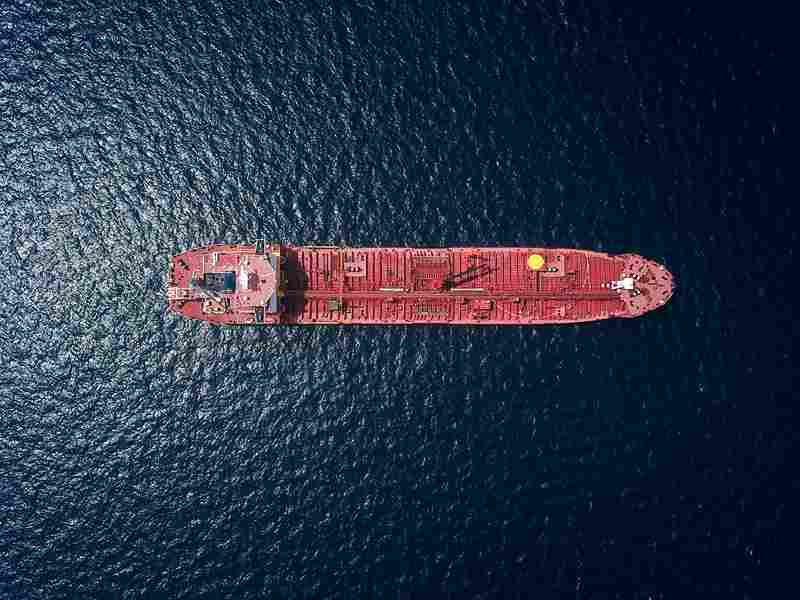
The Evolution of Bunker Fuel Storage Tanks
Bunker fuel storage tanks are integral to the global maritime industry, facilitating the safe and efficient storage of fuel essential for powering ships of all sizes. This article delves into the evolution of bunker fuel storage tanks, exploring technological advancements, safety enhancements, environmental considerations, and the future outlook of these critical infrastructure components.
Importance of Bunker Fuel Storage Tanks
Bunker fuel storage tanks serve as vital infrastructure for maritime operations, storing large volumes of fuel required for long-distance voyages and ensuring vessel operational readiness. Key aspects include:
- Fuel Availability: Tanks provide a reliable supply of fuel for vessels, supporting continuous operations without interruptions due to refueling.
- Safety: Properly designed and maintained tanks mitigate risks associated with fuel handling, storage, and transfer operations, ensuring crew safety and environmental protection.
- Regulatory Compliance: Tanks must comply with international standards and regulations governing fuel storage, emissions control, and environmental protection, such as MARPOL Annex I.
Evolution of Bunker Fuel Storage Tank Technology
Over the years, bunker fuel storage tanks have undergone significant technological advancements:
- Materials and Construction: Modern tanks utilize robust materials such as high-grade steel alloys and reinforced concrete to withstand corrosion, seismic activity, and environmental conditions.
- Safety Features: Integration of advanced safety systems including leak detection sensors, fire suppression systems, and automated monitoring ensures early detection of anomalies and prompt response to mitigate risks.
- Environmental Sustainability: Implementation of double-walled tanks, vapor recovery systems, and containment measures minimizes fuel spills, emissions, and environmental impact.
Innovations in Design and Efficiency
Recent innovations in bunker fuel storage tank design focus on enhancing efficiency and sustainability:
- Smart Technology Integration: Adoption of IoT (Internet of Things) sensors and real-time data analytics for remote monitoring, predictive maintenance, and optimal fuel management.
- Modularity and Scalability: Modular tank designs allow for flexible expansion or relocation to accommodate changing operational needs and fluctuating fuel demand.
- Green Initiatives: Incorporation of renewable energy sources, such as solar panels and wind turbines, to power tank facilities and reduce carbon footprint.
Challenges and Solutions
Despite technological advancements, challenges in bunker fuel storage persist:
- Safety and Risk Management: Addressing risks associated with fuel volatility, storage tank integrity, and human error through stringent safety protocols and training.
- Environmental Compliance: Adapting to evolving environmental regulations and emission standards requires continuous upgrades and operational adjustments.
- Cost Efficiency: Balancing upfront investment in advanced technologies with long-term operational savings and regulatory compliance benefits.
Future Outlook and Sustainability Trends
Looking ahead, the future of bunker fuel storage tanks is shaped by sustainability goals and technological innovation:
- Energy Transition: Transition towards cleaner fuels and alternative energy sources to reduce greenhouse gas emissions and comply with stricter environmental regulations.
- Digital Transformation: Continued adoption of digital solutions for enhanced operational efficiency, real-time monitoring, and sustainability metrics tracking.
- Circular Economy Initiatives: Embracing circular economy principles through fuel recycling, waste-to-energy conversion, and resource recovery from bunker fuel residues.
Conclusion
Bunker fuel storage tanks are pivotal infrastructure components in maritime operations, ensuring fuel supply reliability, safety, and environmental responsibility. As the industry navigates towards a sustainable future, advancements in tank technology, regulatory compliance, and operational efficiency will play a crucial role. By embracing innovation, adopting best practices, and prioritizing environmental stewardship, stakeholders can contribute to a resilient and sustainable bunker fuel storage infrastructure that supports safe and efficient global shipping operations for generations to come





